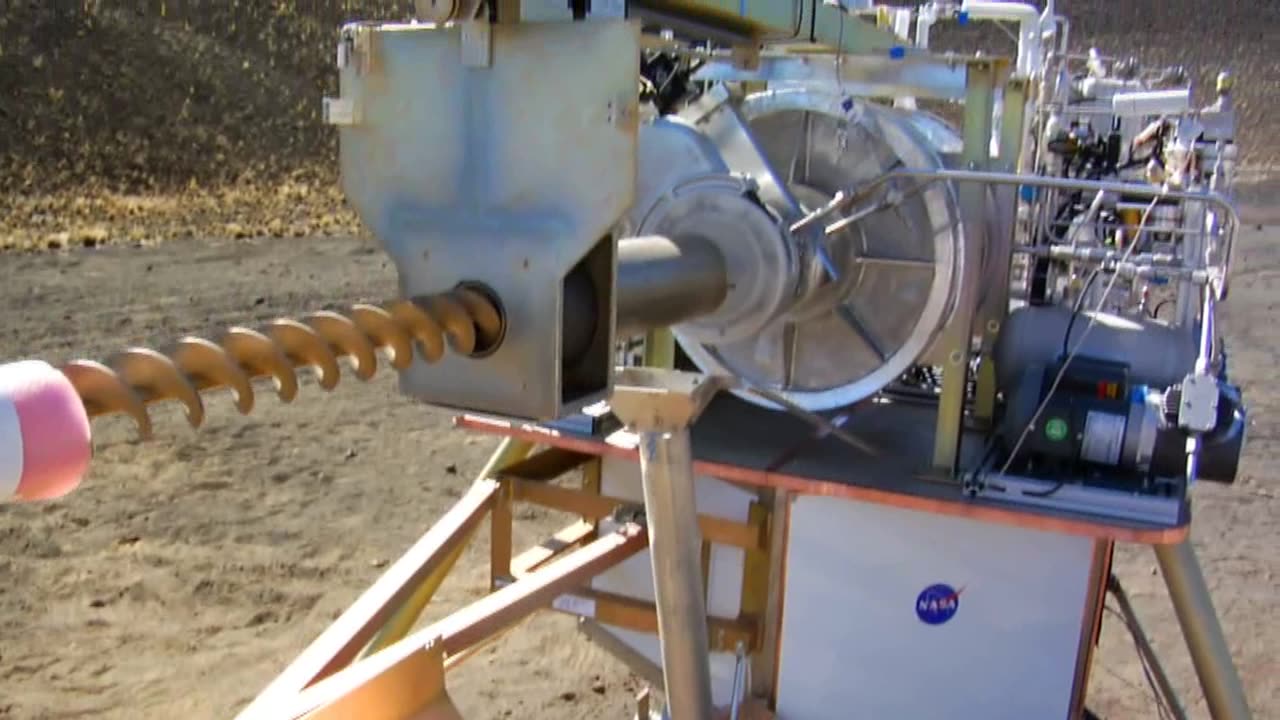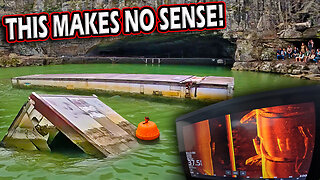Premium Only Content

Analogs Overview
NASA (National Aeronautics and Space Administration) has been involved in numerous analog missions and research programs to simulate and prepare for space exploration. These analogs are designed to replicate the conditions, challenges, and environments that astronauts might face during actual space missions. Analog missions serve as a valuable tool for testing equipment, conducting scientific research, and training astronauts.
Here is an overview of some notable NASA analog missions and facilities:
HI-SEAS (Hawaii Space Exploration Analog and Simulation): Located on the Big Island of Hawaii, HI-SEAS is a habitat that simulates the conditions of a Mars mission. It has been used for several long-duration isolation missions to study the psychological and physiological effects of living in isolation and confinement. Crew members live in the habitat for extended periods, conducting experiments and performing tasks similar to those on a real Mars mission.
NEEMO (NASA Extreme Environment Mission Operations): NEEMO takes place in an underwater habitat off the coast of Florida. Aquanauts live and work underwater for extended periods to simulate spacewalks, test equipment, and study the challenges of working in the extreme environment of space. It helps NASA prepare for future deep space missions, including those to asteroids and Mars.
HERA (Human Exploration Research Analog): HERA is a ground-based habitat at the Johnson Space Center in Houston, Texas. It simulates long-duration space missions and focuses on understanding the effects of isolation and confinement on astronaut health and performance. Crew members spend weeks or months in the HERA habitat, conducting research and testing mission protocols.
Desert RATS (Research and Technology Studies): Desert RATS is a field test program that takes place in desert environments like Arizona. It allows NASA to test advanced exploration technologies and operational procedures for lunar and Martian exploration. This includes testing rovers, habitats, and spacesuit prototypes.
FMARS (Flashline Mars Arctic Research Station): FMARS is located on Devon Island in the Canadian Arctic. It is used for simulations of Mars missions and has hosted numerous international analog missions. Crew members live and work in an environment that closely resembles the harsh conditions of Mars.
Moondirt (Lunar Dust Mitigation Research): This analog involves studying lunar dust and its impact on equipment and astronauts' health. Researchers simulate lunar dust and test methods to mitigate its effects, as lunar dust can be abrasive and potentially harmful when inhaled.
ISS (International Space Station): While not strictly an analog, the ISS serves as a critical platform for studying the long-term effects of space on the human body and conducting experiments relevant to future deep space missions.
These analog missions and facilities help NASA address the challenges of space exploration, develop technologies, and gather data to ensure the safety and success of future missions to the Moon, Mars, and beyond. They also provide valuable opportunities for international collaboration and scientific research.
-
 34:27
34:27
The Connect: With Johnny Mitchell
12 hours ago $5.73 earnedCan He Stop Them? Inside Trumps War On Mexican Drug Cartels & The New Era Of Mexican Organized Crime
13.5K2 -
 2:33:15
2:33:15
Tundra Tactical
4 hours ago $4.68 earnedLuis Valdes Of GOA Joins The Worlds Okayest Firearms Live Stream!!!
14.9K -
 1:03:41
1:03:41
Man in America
13 hours agoAre Trump & Musk the COUNTER-ELITES? w/ Derrick Broze
43.6K27 -

DLDAfterDark
4 hours ago $5.67 earnedDLD Live! SHTF Handguns! Which Would You Choose?
24.4K1 -
 1:50:38
1:50:38
Mally_Mouse
6 hours agoSaturday Shenanigans!! - Let's Play: Mario Party Jamboree
36.2K -
 1:13:00
1:13:00
Patriots With Grit
10 hours agoWill Americans Rise Up? | Jeff Calhoun
29.1K10 -
 14:55
14:55
Exploring With Nug
10 hours ago $9.92 earnedWe Found Semi Truck Containers While Searching for Missing Man!
47.6K7 -
 27:57
27:57
MYLUNCHBREAK CHANNEL PAGE
18 hours agoOff Limits to the Public - Pt 3
98K62 -
 38:07
38:07
Michael Franzese
11 hours agoLeaving Organized Crime and Uncovering Mob in Politics: Tudor Dixon and Michael Franzese
85.5K15 -
 2:42:54
2:42:54
Jewels Jones Live ®
2 days agoAMERICA IS BACK | A Political Rendezvous - Ep. 111
69K46